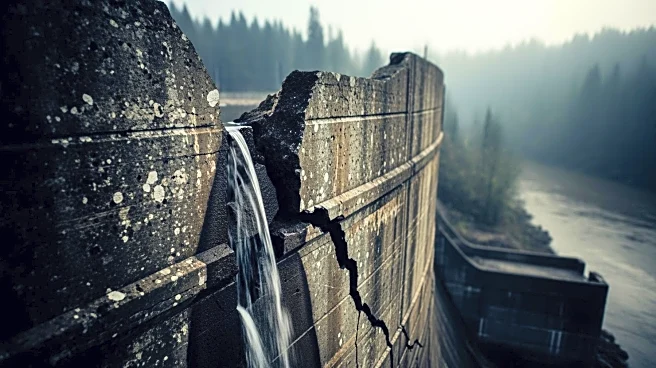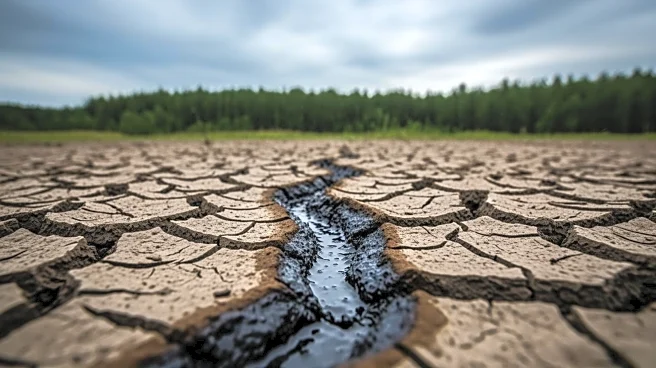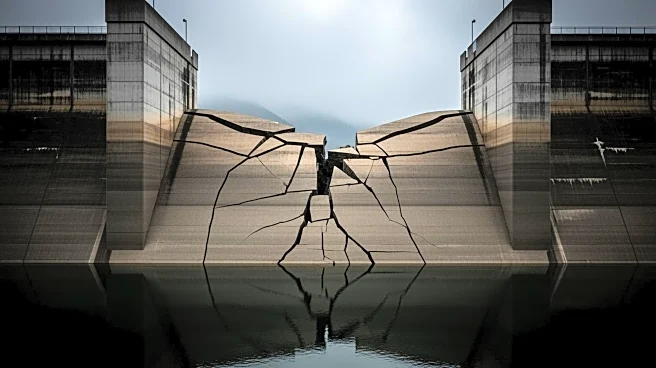What's Happening?
A British court has ruled that Australian mining company BHP is liable for the 2015 dam collapse at an iron-ore mine in Brazil, which resulted in 19 deaths and significant environmental damage. The High Court in London found BHP strictly liable as 'polluters'
for the disaster, which released toxic mud into surrounding areas. BHP plans to appeal the decision, despite having supported remediation efforts in Brazil since the incident. The legal action was initiated in the UK in 2018, with the trial running from October 2024 to March 2025. The court is now preparing for a second phase to determine damages and compensation.
Why It's Important?
The ruling is significant as it could lead to billions of dollars in compensation for the victims and affected communities. It underscores the accountability of multinational corporations for environmental disasters, even when they occur outside their home countries. The decision may influence future legal actions against companies for environmental negligence, potentially leading to stricter regulations and oversight. The case also highlights the ongoing struggle for justice by the victims, who argue that previous compensation agreements were insufficient.
What's Next?
The next phase of the case will focus on determining the amount of compensation BHP must pay. The company has indicated its intention to appeal, which could delay the compensation process. Meanwhile, the claimants, including 620,000 individuals and 31 municipalities, are seeking around $47 billion in compensation. The outcome of this case could set a precedent for similar cases globally, affecting how companies manage environmental risks and liabilities.
Beyond the Headlines
This case raises ethical questions about corporate responsibility and the long-term impacts of industrial activities on communities and the environment. It also highlights the challenges faced by victims in seeking justice and adequate compensation, often against powerful multinational corporations. The ruling may prompt companies to reassess their environmental policies and risk management strategies to prevent similar disasters.














